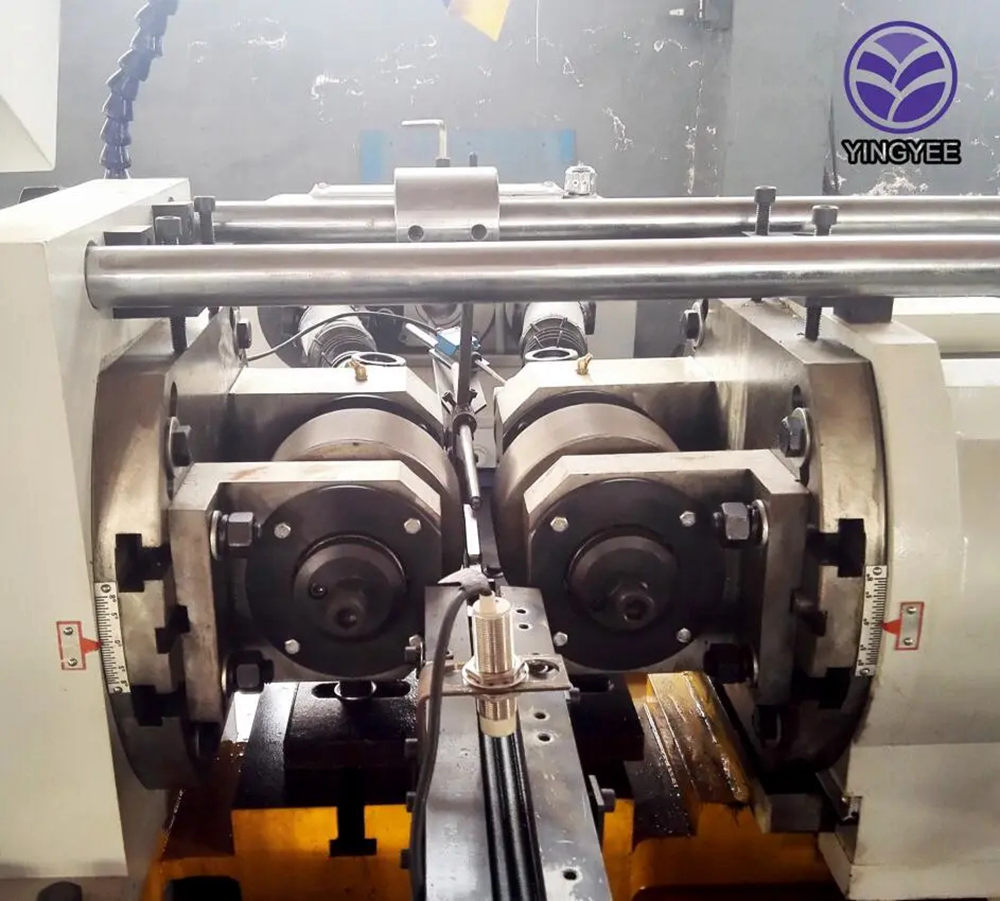
Understanding Sandwich Panel Machinery An Essential Component in Modern Construction
In recent years, the construction industry has witnessed a significant transformation with the advent of advanced technologies and materials. Among these innovations, sandwich panels have emerged as a popular choice for building insulation and exterior cladding. Integral to the production of sandwich panels is an array of specialized machinery, known collectively as sandwich panel machinery. This equipment plays a pivotal role in enhancing manufacturing efficiency and maintaining quality standards in various construction applications.
What is Sandwich Panel Machinery?
Sandwich panel machinery comprises various machines and tools designed to manufacture sandwich panels efficiently. Sandwiched between two outer layers—typically made of metal or rigid plastic—is an insulating core, usually constructed from polyurethane, polystyrene, or mineral wool. The combination of these materials results in a lightweight, durable, and energy-efficient building component. The machinery involved in their production includes systems for cutting, foaming, laminating, and bonding, each tailored to ensure the integrity of the panels.
The Machinery Components
1. Cutting Machines These machines are responsible for cutting insulation materials and metal sheets to the required dimensions. Precision in cutting is critical, as any inaccuracy can lead to defects in the final product. Modern cutting machines often employ CNC technology for enhanced precision and automation, enabling manufacturers to produce panels in various sizes and shapes.
2. Foaming Machines The foaming process is crucial for creating the core of the sandwich panel. These machines mix raw materials—commonly polyols and isocyanates—to produce froth that expands and solidifies into sturdy foam. Foaming machines ensure a consistent density and thickness, which directly impacts the insulation properties and structural integrity of the final product.
3. Laminating Machines After the core material is prepared, it needs to be bonded securely between the outer layers. Laminating machines perform this task, applying adhesives and pressure to ensure a strong bond. Advanced laminating machines are equipped with temperature control features to optimize curing conditions for the adhesives, thus improving the overall quality of the panel.

4. Pressing Machines Pressing machines are another crucial component of the manufacturing process. They apply pressure to the assembled sandwich panel to ensure that all layers are firmly adhered together, preventing any delamination during service. Controlled pressing reduces the risk of air pockets, which can compromise the panel’s thermal insulation capabilities.
5. Finishing Machines Once the panels are assembled, finishing machines are employed to trim edges, add surface coatings, or perforate panels as needed. This step not only enhances the aesthetic appeal of the panels but also ensures that they meet specific performance specifications for different applications.
Applications of Sandwich Panels
Sandwich panels produced from this specialized machinery have versatile applications across various sectors. They are widely used in constructing industrial buildings, warehouses, cold storage facilities, and modular buildings. Their excellent thermal insulation properties make them ideal for energy-efficient designs, while their lightweight nature simplifies transportation and installation processes.
In addition to industrial applications, sandwich panels are increasingly finding their places in residential construction, particularly in prefabricated and modular homes. The panels provide a rapid construction method, reducing labor costs and construction time significantly. Moreover, they contribute to creating sustainable building practices, as they help reduce energy consumption over the lifetime of the building.
Conclusion
The importance of sandwich panel machinery in modern construction cannot be overstated. As the demand for energy-efficient and sustainable building solutions grows, the role of these machines in producing high-quality sandwich panels becomes increasingly critical. By enhancing manufacturing efficiency and ensuring consistency in quality, sandwich panel machinery supports the ongoing evolution of the construction industry, paving the way for innovative building practices that meet the challenges of today’s world. As we look towards the future, it is clear that the sophistication of sandwich panel machinery will continue to play an essential role in transforming how buildings are constructed, ensuring they are not only strong and efficient but also environmentally friendly.